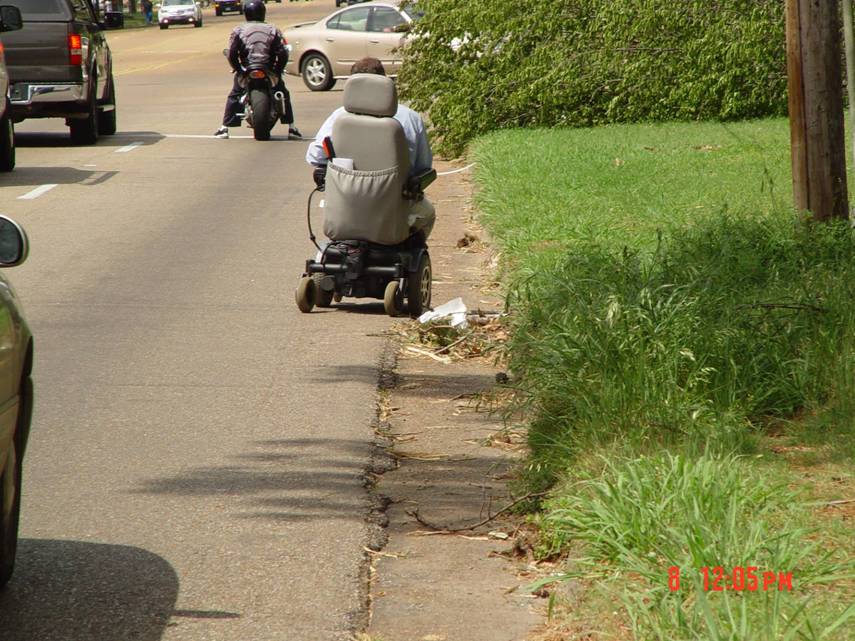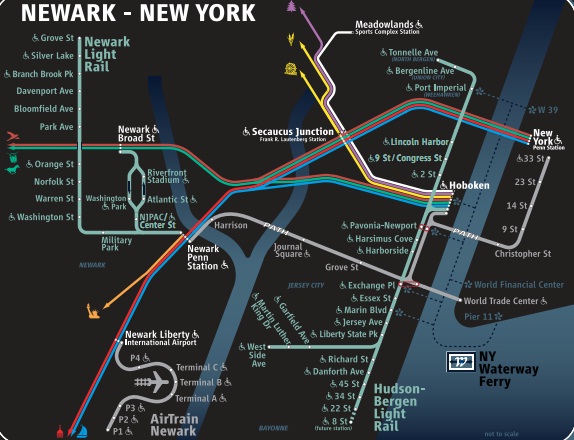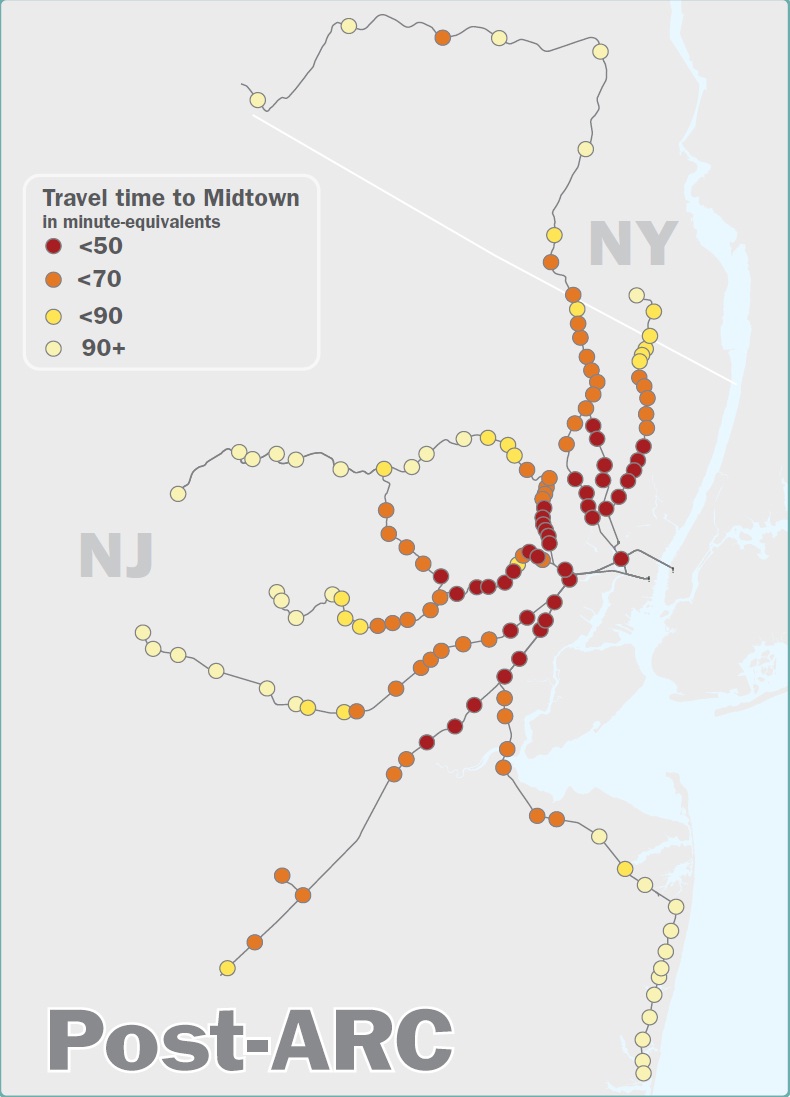New Jersey Future Blog
Many Roads in New Jersey are “Dangerous by Design” for Pedestrians
May 24th, 2011 by Jay Corbalis
There have been 1,514 pedestrian fatalities in New Jersey between 2000 and 2009, representing nearly one of every five traffic fatalities in the state.
The majority of these deaths occurred on suburban arterial roads where wide lanes and high speeds, along with little or no provision for pedestrians and bikers, create an inherent danger for anyone looking to get around without a car. That’s the conclusion of T4-America’s new report, Dangerous by Design, which was co-released today by the AARP-NJ, APA-NJ, the Bicycle Coalition of Greater Philadelphia, the Delaware Valley Association of Rail Passengers, the NJ Bike & Walk Coalition, New Jersey Future, the Trenton Cycling Revolution and the Tri-State Transportation Campaign.
Roads Designed Exclusively for Cars
It’s a conclusion that’s hard to argue with for anyone who has driven around New Jersey. As jobs, shopping and housing have migrated away from the state’s cities and boroughs in recent decade towards suburban and rural areas, they have been tied together by a network of roads designed exclusively for cars. Roads like Route 130 in Burlington County, Route 28 in Union County and the White Horse Pike in Atlantic County all fit this description, and all top the Tri-State Transportation Campaign’s most recent list of dangerous roads for pedestrians in New Jersey. In Central Jersey, the Route 1 corridor has seen an explosion of office and retail development over the past two decades, attracting thousands of people every day, but remains an imposing barrier for pedestrians and is sparsely served by public transit.
As jobs, shopping and housing have migrated away from the state’s cities and boroughs in recent decade towards suburban and rural areas, they have been tied together by a network of roads designed exclusively for cars.
Fortunately, the NJDOT recognizes this problem, and has been taking steps to address it. In part as a result, pedestrian fatalities have declined in recent years, as the department has increased funding for Safe Routes to School and other pedestrian safety programs. The most significant action taken so far has been the adoption of a statewide Complete Streets policy in 2009, which requires the state to accommodate pedestrians, transit users and bicyclists with sidewalks, crosswalks, bike lanes, median strips and other elements when designing new roads or retrofitting old ones. It’s a commonsense policy that reflects the reality that many Americans do not drive for a variety of reasons, and will increase safety on NJ roads over the long term.
Unfortunately, the policy only applies to state roads, which account for around 12 percent of the state’s road mileage. The rest fall under county and local control, where Complete Streets are only suggested, not required. A few jurisdictions have adopted policies of their own, but the vast majority have not, meaning local and county roads built today often perpetuate the same design flaws that make getting around without a car dangerous.
The full report contains more information about conditions across the country, including a ranking of the most dangerous metropolitan areas in the country for pedestrians. The New Jersey fact sheet also contains info on the age and ethnicity of pedestrian fatality victims, as well as a ranking of the most dangerous counties in the state for pedestrians.
Related Posts
Tags: Complete Streets, Land use, Smart Growth, Transit, Vehicle ownership

















